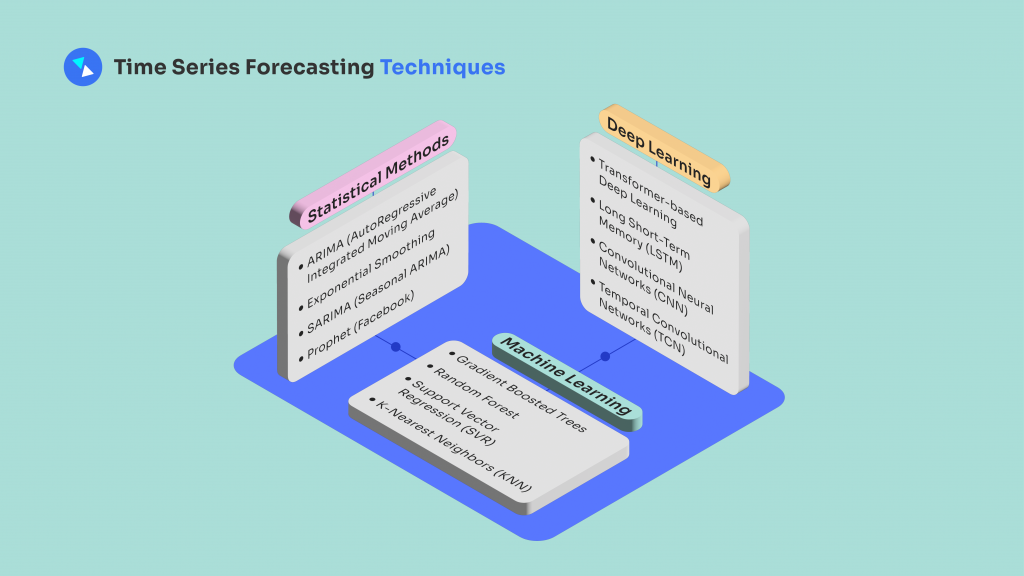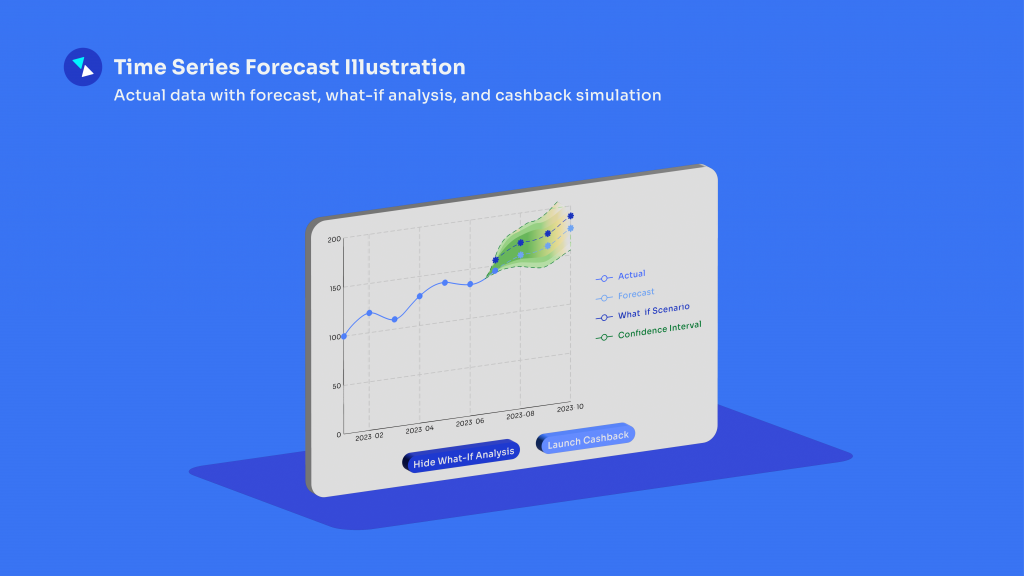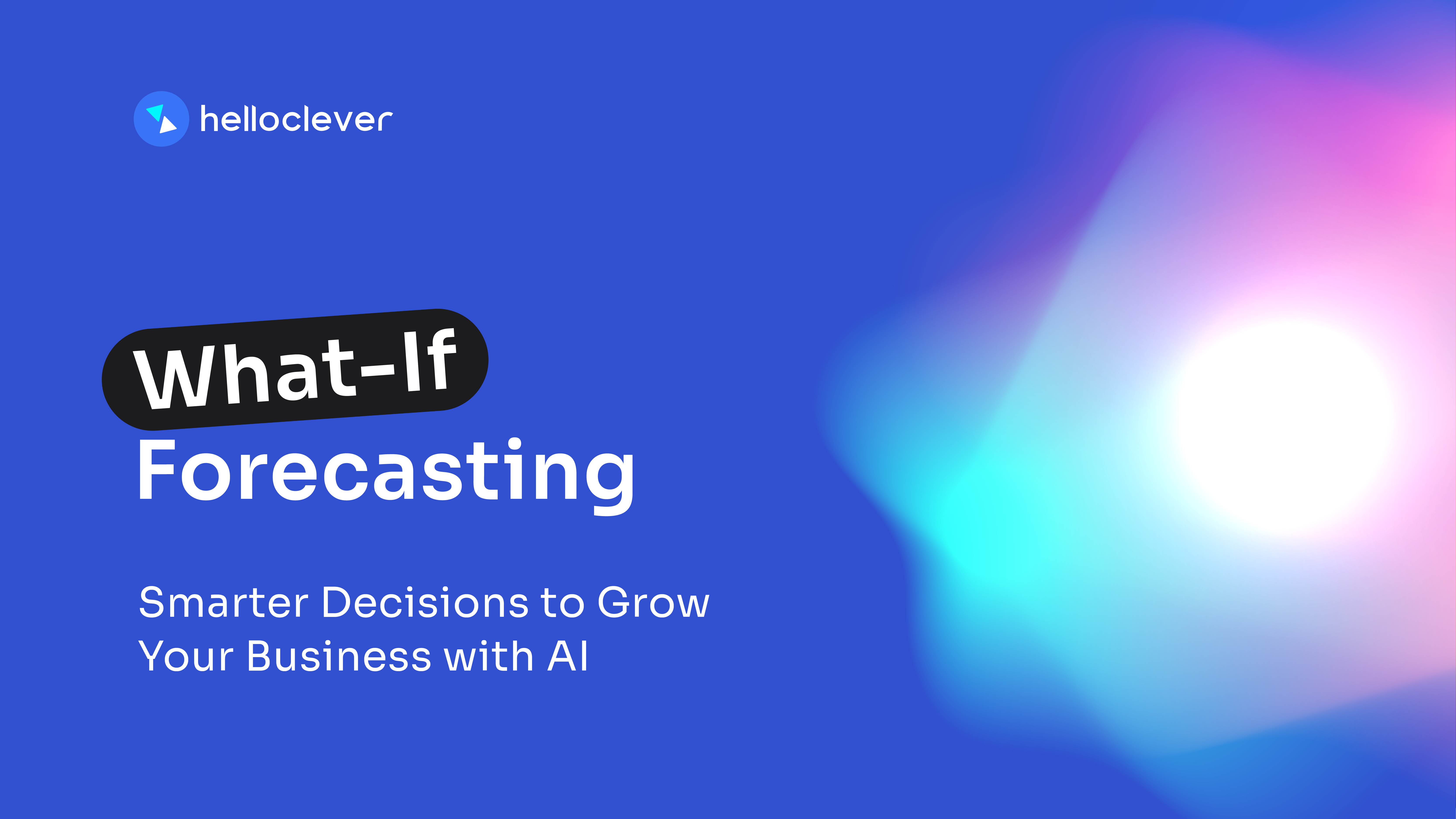Running a business means making constant decisions—what products to stock, how to price them, and when to offer promotions. Wouldn’t it be great if you could test these choices before committing? Enter AI-driven what-if forecasting. This powerful tool allows you to simulate different business scenarios and make smarter, data-driven decisions with confidence.
Until now, enterprise-level businesses have had the upper hand, employing sophisticated AI tools and dedicated teams to stay ahead. But what about small and medium-sized businesses (SMEs)? At Hello Clever, we believe that every business, no matter its size, should have access to the same cutting-edge tools-without needing a full team of experts. That’s why we’re exploring ways to bring AI-driven forecasting into your hands—to help you make smarter, data-backed decisions so you can stay competitive and confident in today’s fast-paced market.
Real-World Success Stories: AI-Driven Forecasting in Action
The power of AI-driven forecasting is not theoretical. Leading companies across the globe are already using these tools to improve decision-making and drive growth. Here are just a few:
Amazon
Amazon uses machine learning to analyse historical sales data and customer behaviour, which has significantly improved its inventory management. By reducing stockouts by 15%, Amazon has seen a 20% increase in sales, demonstrating how AI can improve operational efficiency and customer satisfaction.
Procter & Gamble (P&G)
P&G has refined its marketing campaigns by employing AI-driven what-if analysis to test various scenarios. This approach has led to a 10% improvement in ROI, enabling more effective allocation of marketing budgets and directly impacting sales growth.
Walmart
Walmart has leveraged AI to optimise pricing strategies, boosting sales by 15% and profitability by 12%. By simulating different pricing models and reacting to competitor actions, Walmart has used AI to make smarter, revenue-boosting decisions.
These examples show the real-world impact of AI-driven forecasting. And while these are large-scale companies, Hello Clever is working to bring these same benefits to SMEs, making AI-powered forecasting tools easy to use and accessible for businesses of any size.
The Power of Advanced AI in Time Series Forecasting
Forecasting the future is essential for any business, but traditional tools often fall short when dealing with the complexity of today’s rapidly changing markets. Conventional methods like AutoARIMA and AutoETS (which look at past trends to predict the future) are useful but limited—they struggle to handle the fast-moving, large-scale datasets many businesses now generate.
This is where more advanced tools, like machine learning/ deep learning (ML/DL) models, come into play. These tools dig deeper into your data, uncovering patterns and relationships that would otherwise go unnoticed, enabling businesses to make more accurate and confident decisions.

How Machine Learning Models Work for Business
Think of these AI technologies as a digital assistant that connects the dots in your data, helping you make sense of trends and behaviours. Here’s how some of the most effective models can help your business:
Gradient Boosted Trees (GBT) ranks among the most established machine learning approaches, with a proven track record in enterprise applications. From a technical standpoint, GBT excels at handling messy real-world data with missing values and mixed data types, while automatically detecting and modeling non-linear relationships between variables – capabilities that directly translate to business value. Its interpretable nature means business stakeholders can understand which factors drive predictions, making it easier to build trust and act on insights. For example, a restaurant chain using GBT for revenue forecasting might discover that their sales are influenced by intricate combinations of local wage growth, consumer sentiment indexes, and nearby construction projects – when consumer sentiment drops by 10% but wage growth remains above 3%, the model predicts a modest 5% revenue decline rather than the steeper drop typically expected.
Deep learning models like TimeGPT, Lag-Llama, and Chronos represent the cutting edge in forecasting technology, transforming how businesses plan for the future. Technically, these models leverage massive amounts of training data across industries to identify subtle patterns that simpler models miss, while their advanced architecture allows them to adapt to changing market conditions without constant retraining – key advantages for businesses operating in dynamic environments. Their ability to provide probability ranges rather than just point estimates gives business leaders a more complete picture of potential outcomes.
For instance, a new coffee shop with only 6 months of sales data could use Lag-Llama to forecast daily revenue, while Chronos could enhance this by showing there’s a 70% chance of revenue falling between $2,000-$3,000, and a 95% chance between $1,500-$3,500 – enabling more strategic decisions about staffing and inventory during uncertain periods.
Real Benefits
By using these advanced tools, businesses can gain a competitive edge. Here’s how:
- Smarter Promotions: Machine learning models can show you when and where to offer discounts or cashback for maximum impact.
- Better Inventory Planning: Forecast demand for specific products based on past sales, seasons, or even external factors like weather.
- Risk Management: Deep learning models like Chronos give you a range of possible outcomes, helping you prepare for the unexpected.
At Hello Clever, we’re working to bring these technologies to SMEs, ensuring you can make the same data-driven decisions without needing a dedicated analytics team.
Unlocking the Potential of What-If Forecasting for Hello Clever Merchants
One exciting feature currently being explored is AI-driven what-if forecasting—a tool that will allow you to test ideas before putting them into action.
Predict Outcomes Before Making Decisions
For example:
Imagine you want to know if increasing Cashback Rewards from 5% to 7% will attract more customers. With what-if forecasting, you can simulate the impact, see the potential increase in visits and sales, and make a confident decision.

How It Works
Under this proposed system, our machine learning models would combine your business data—like past transactions—with broader insights, such as:
- Market trends (eg. Interest rate changes, consumer confidence)
- Customer spending habits
- Seasonal changes
- Alternative data (weather, events, etc)
Even if you’re new to business or don’t have much data, tools like Lag-Llama (designed for data-scarce environments) can fill in the gaps by drawing from similar industries.
A Smarter Way to Plan
With AI-driven forecasting, Hello Clever merchants will be able to:
- Refine Campaigns: Simulate changes to cashback or discounts to maximise results.
- Plan Inventory: Predict demand for products during peak periods.
- Adapt Quickly: Adjust strategies in response to market shifts or unexpected events.
A Smarter Future for All Businesses
AI-driven what-if forecasting isn’t just for big corporations anymore—it’s a game-changer for businesses of all sizes. At Hello Clever, we’re actively exploring ways to bring this powerful tool to our merchants, enabling you to predict outcomes, refine strategies, and grow your business with confidence.
Our vision is to remove the barriers of complex data science and big budgets, making advanced forecasting accessible to everyone. While we’re still in the exploratory stage, we’re working hard to make it a reality in the near future.

Leave a Reply